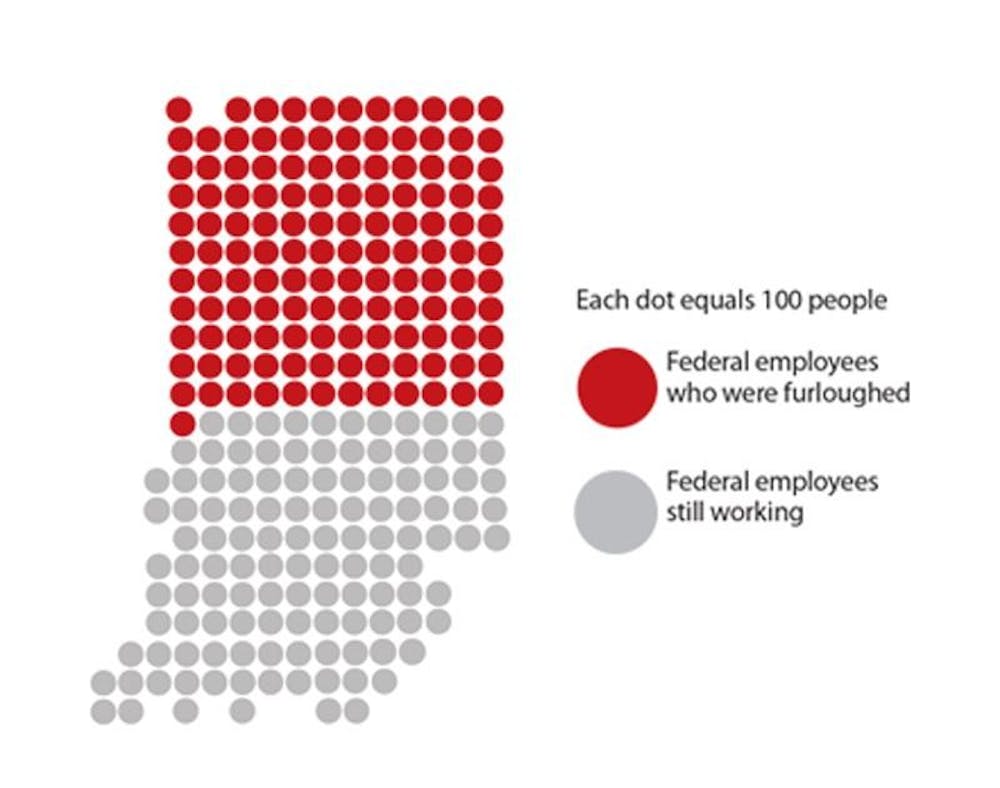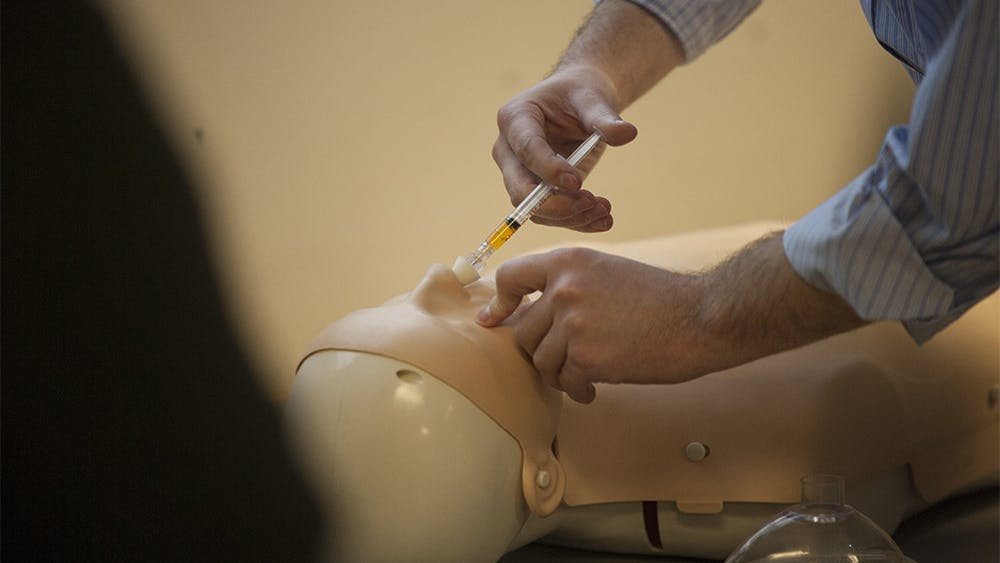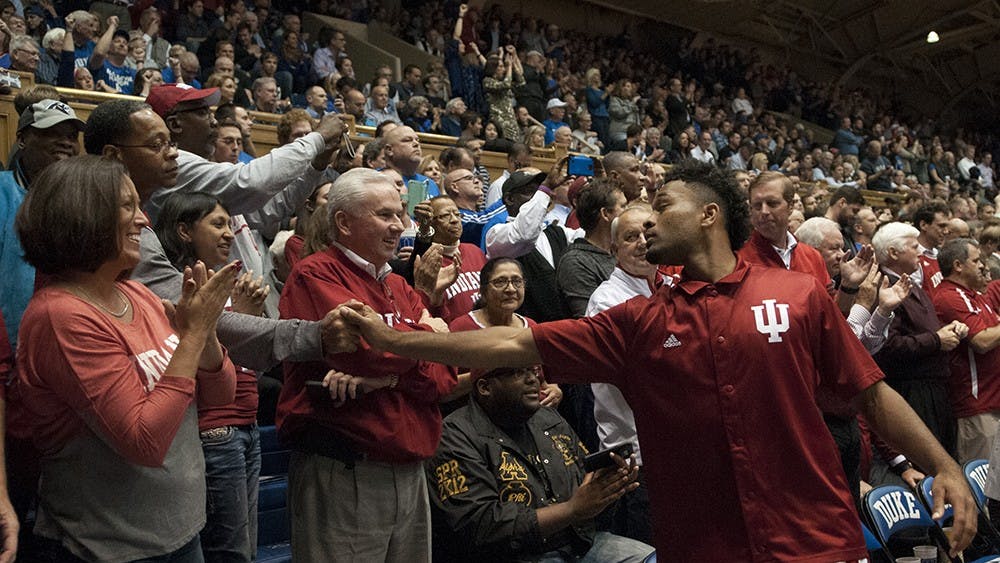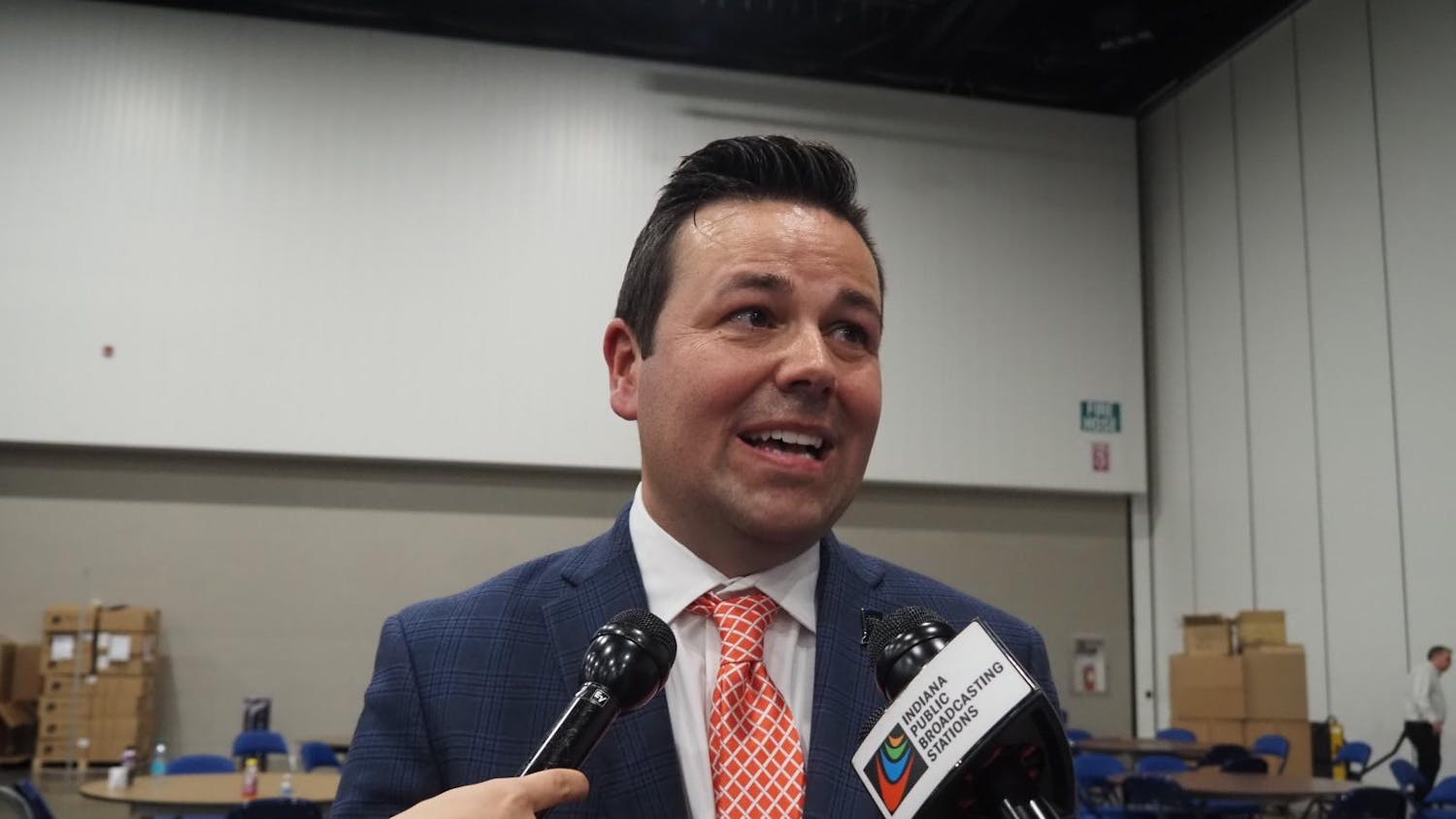The first government shutdown in 17 years became official midnight
Tuesday after Congress was unable to come to an agreement and pass a
continuing resolution to keep the government running. Now, without the
funds to keep many offices open, an estimated 800,000 federal employees
across the country have been furloughed. Indiana may not be the hardest
hit state, but about 12,000 civilian employees of its nearly 23,000
federal employees are now on unpaid leave until the U.S. House of
Representatives and the Senate can pass a spending bill allowing them to
return to their duties.
Events surrounding the shutdown
- The entire shutdown stems from the Republican-majority House of Representatives and the Democrat-majority Senate being at odds about the Affordable Care Act. Each branch spent Monday, and all of last week, stripping out the other’s amendments dealing with funding for Obama’s health care law.
- The Senate tried to push a clean bill, which would only include language on the budget and not health care, as the deadline loomed Monday. The Tea Party Republicans kept their party and the House from backing down on health care.
- Speaker of the House John Boehner, R-Ohio, late Monday suggested committee meetings throughout the following days to discuss the parties’ differences.
- Senate Majority Leader Harry Reid, D-Nev., said they would not go to conference about health care until the House passed a clean bill.
- “We passed a budget because it’s the right thing to do,” Reid said. “Republicans said they wanted a budget passed and we did. We will not go to conference with a gun to our head.”
- Tuesday, Republican leaders proposed a new budget approach, offering to fund some parts of the government, including national parks and claims processing at the Department of Veterans Affairs. The Senate and White House rejected the piecemeal proposal and a long-term shutdown seems ever more realistic.






